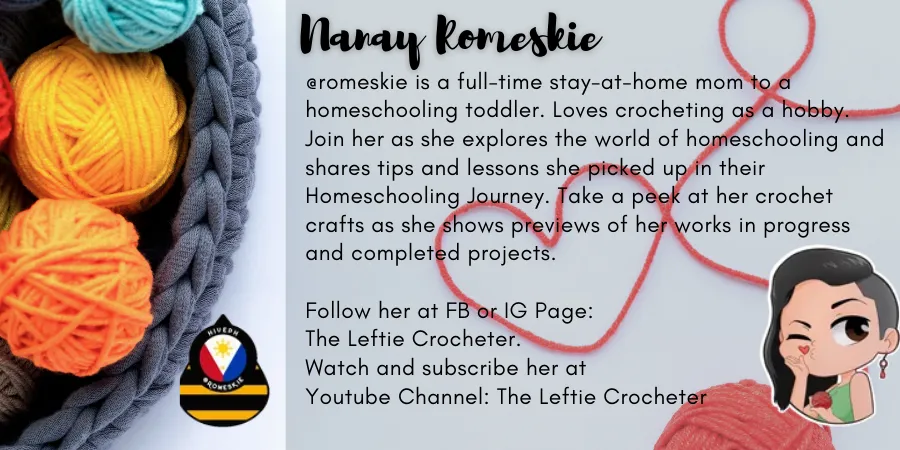
Last year, we had the privilege of visiting the National Museum of Anthropology located at Taft, Manila. I was grew up in Manila yet, it was when I was already living outside Manila when I experienced going to the National Museum. (Which was actually just a few blocks away from my university.) As part of our homeschooling journey, I always make sure that we have field trips as much as we can. Being that we live in the city, going out of town is much more expensive so we go for the alternative: visiting museums all around the metro.
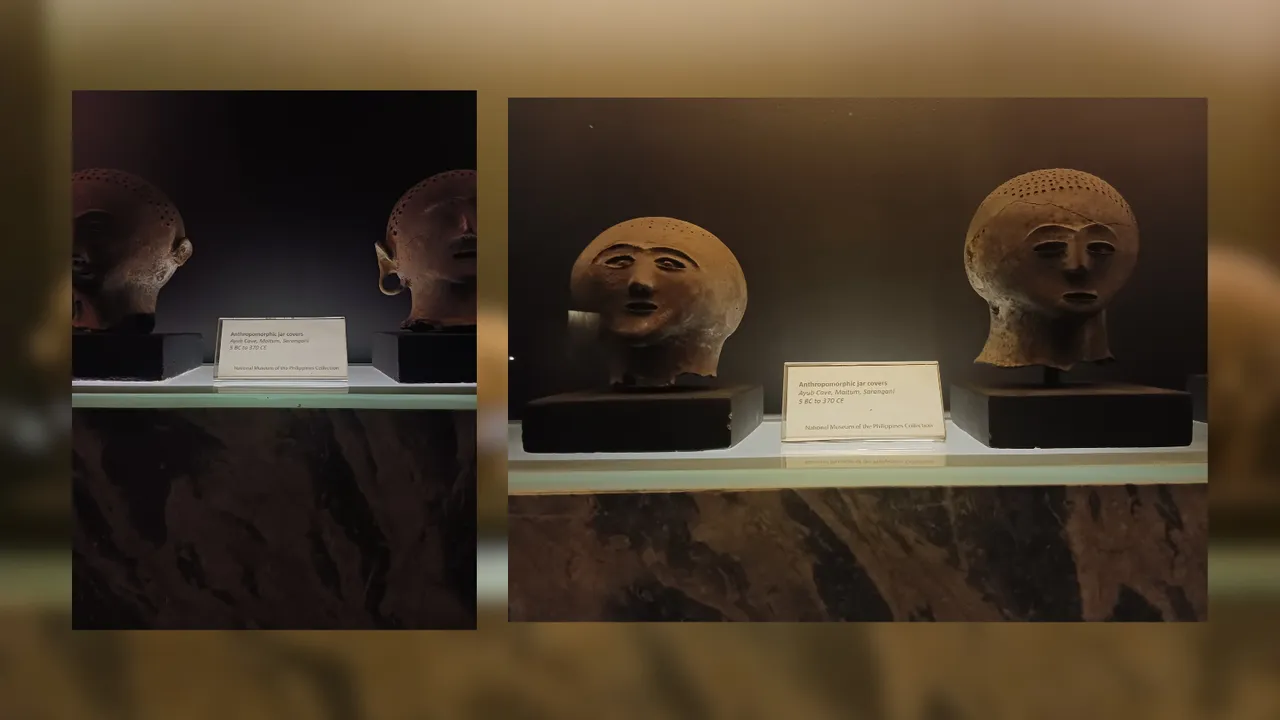
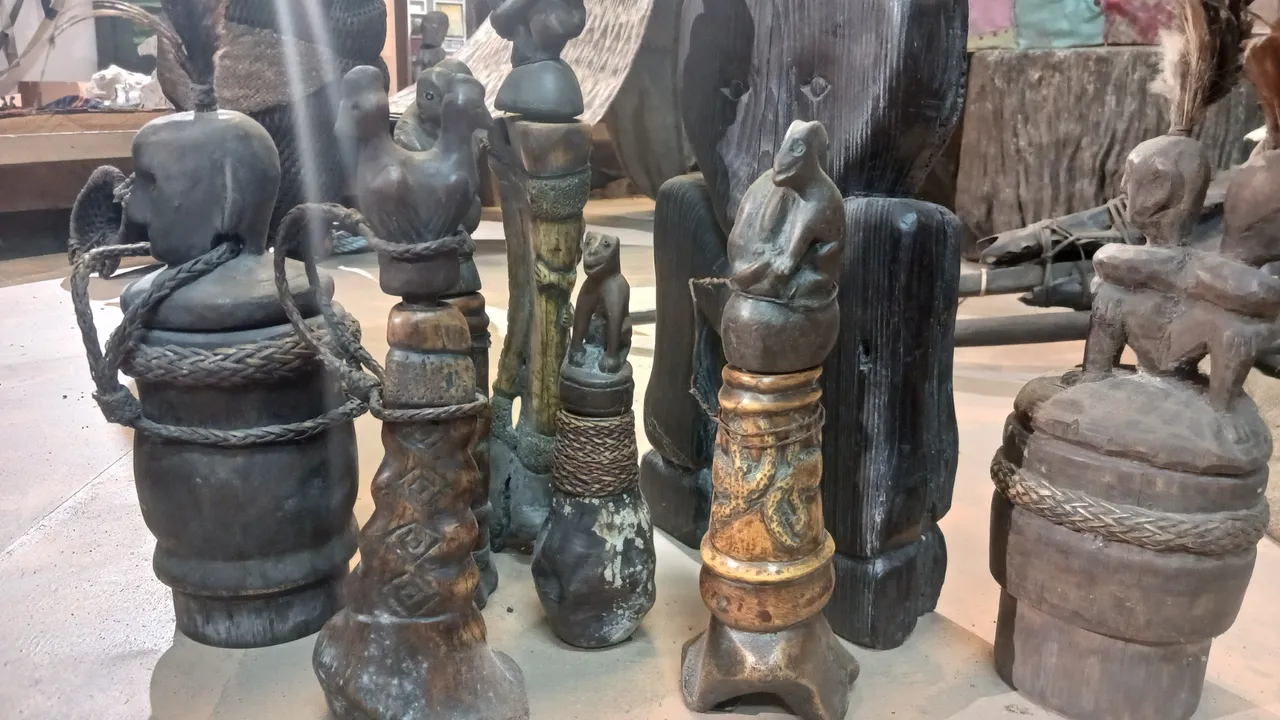

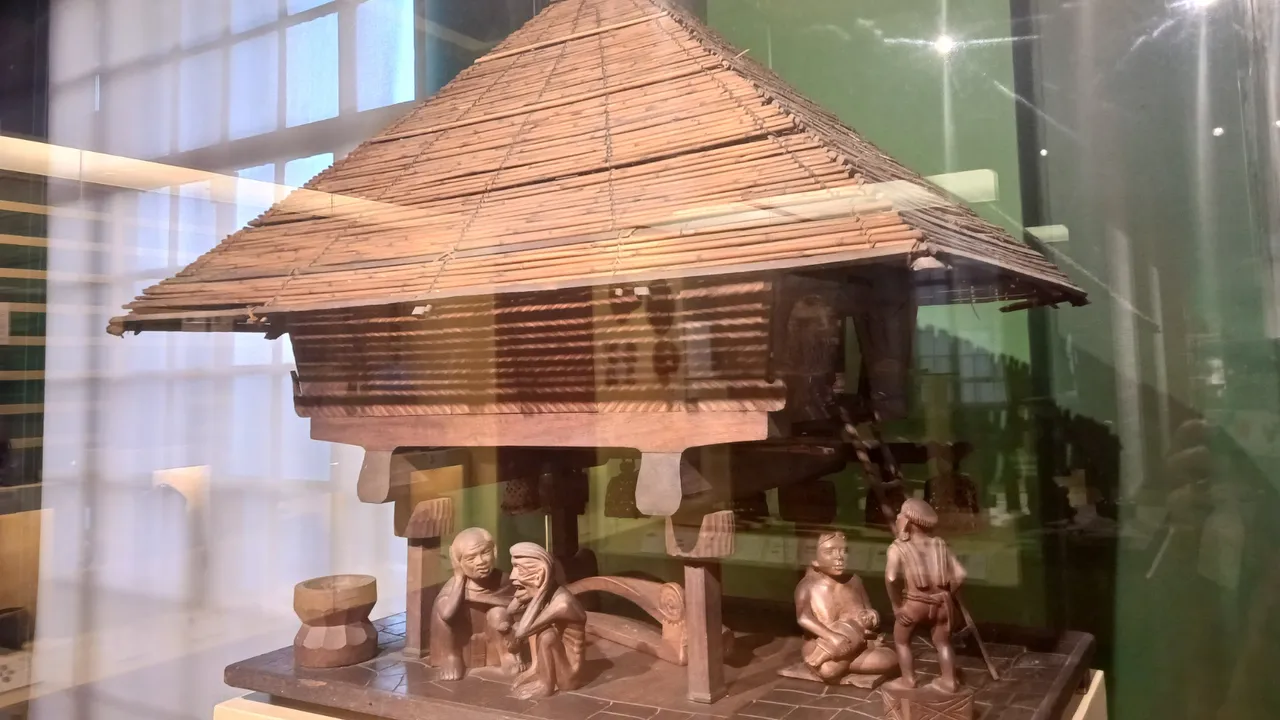
Our trip to the National Museum of Anthropology was actually just a side trip from our picnic playdate at Luneta last year. It was a very interesting experience because it was the first time that my daughter visited a museum. We went to National Museum first before we went to Ayala Museum during the unveiling of Juan Luna's long lost painting, the Hymen O Hymenee. And like any other first time experience, there were a lot of lessons to be learned both for my daughter, and for me as well.
The National Museum had a lot of exhibits. One can go from one floor to another to view all the different galleries. I believe there were 4 floors. My favorite was the Kaban ng Lahi exhibit where they showcased the life of the Filipinos before when they still lived in caves. There I saw the famous burial jar. Did you know that one of the burial traditions of Filipinos before was putting their departed loved ones' bones inside a jar. I saw the jar that was featured in the book A Lolong Time ago. There was also a diorama of these burial jars in a cave. On display also were the different jar covers. You can really see the craftmanship of the Filipinos from long long ago.

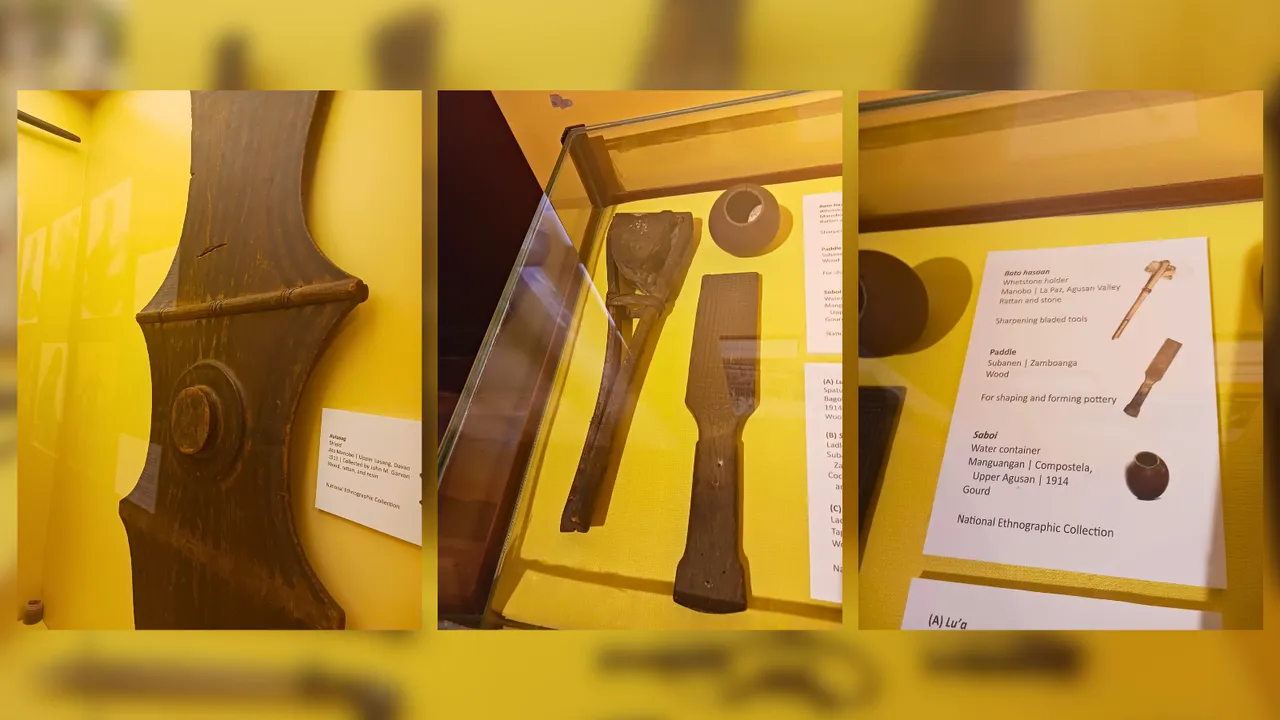
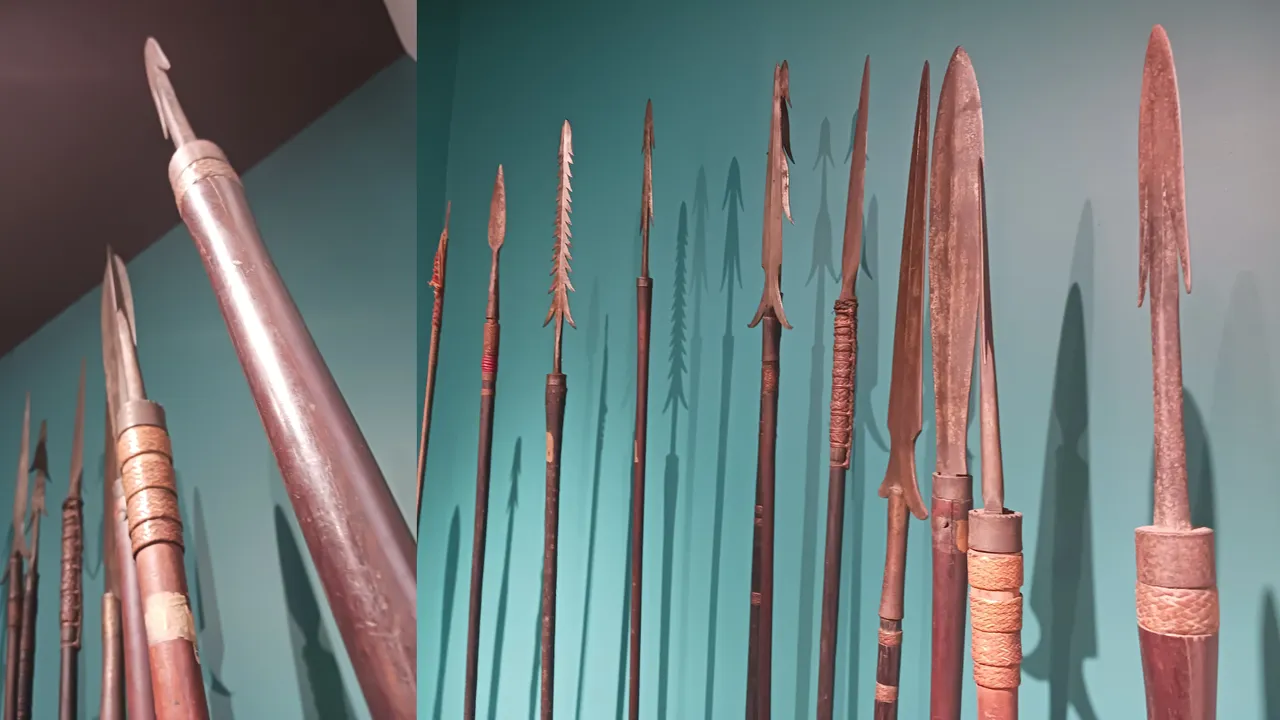
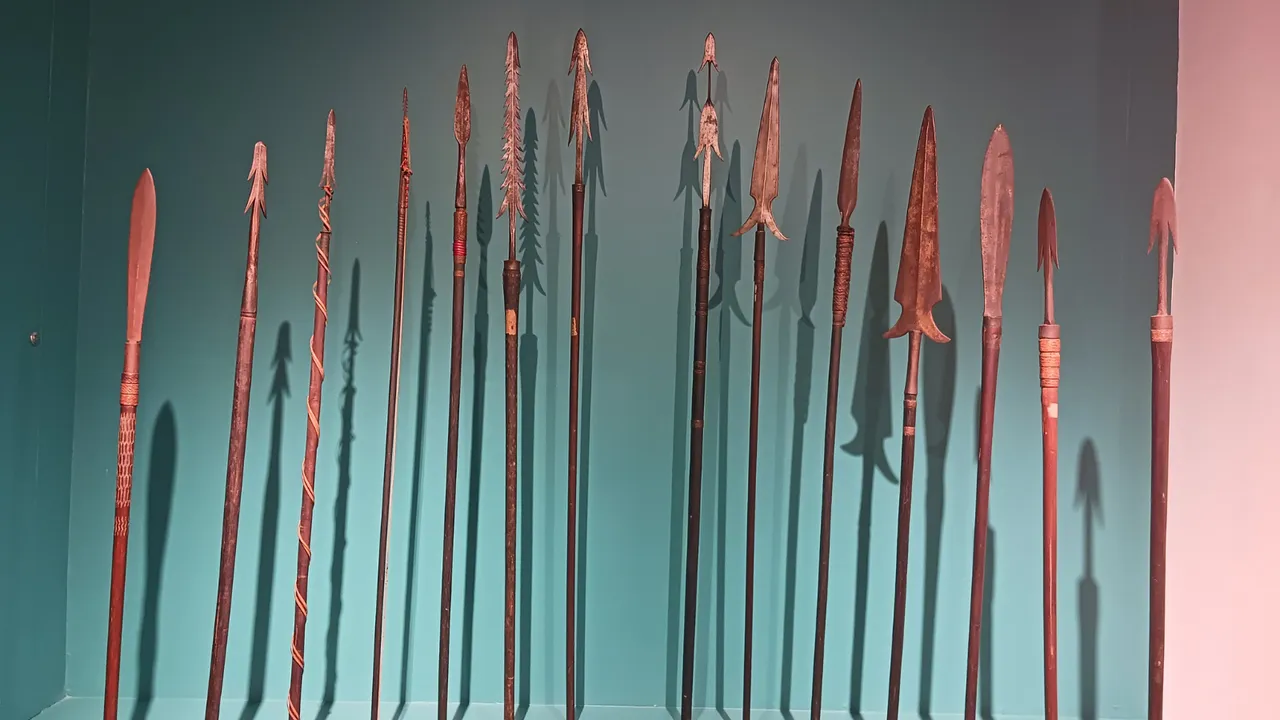
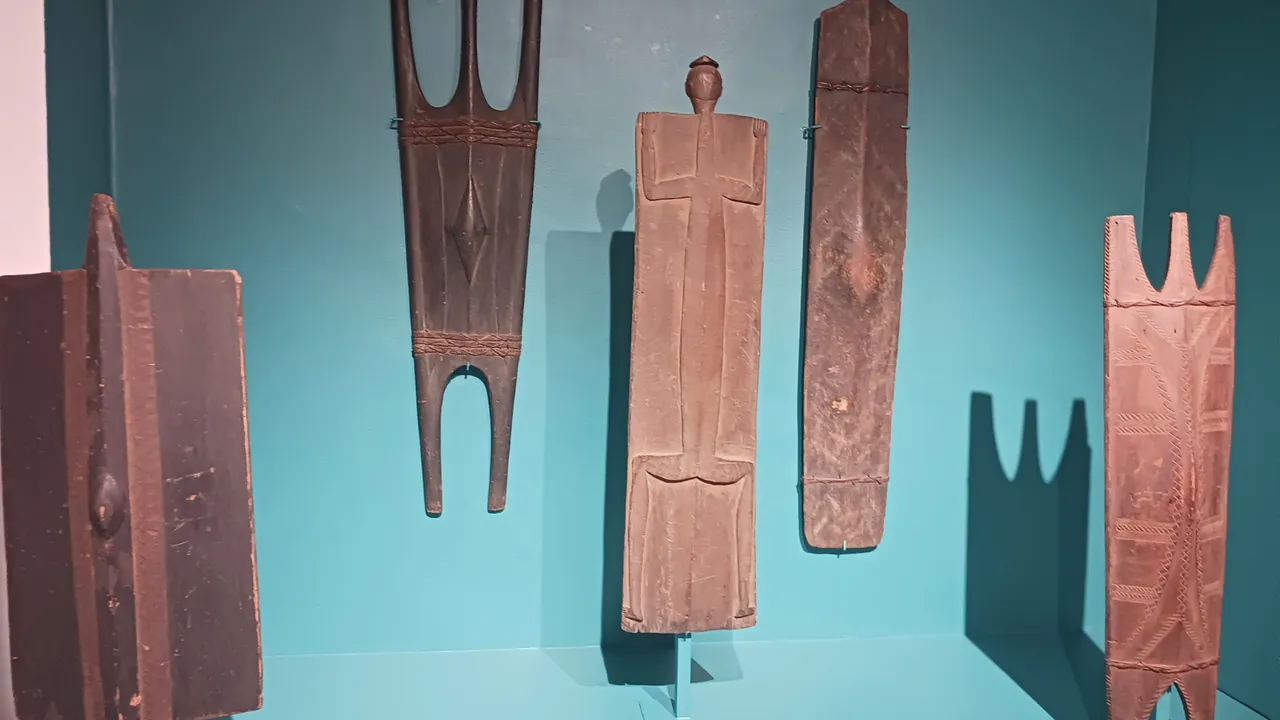
Next we viewed the different kinds of weapons and shields that our ancestors used. It's interesting how they designed these armaments which they used for war and hunting. The carvings and the details were so intricate, I can tell they really took the time in making sure these were not just display their power, it also shows their artistry.
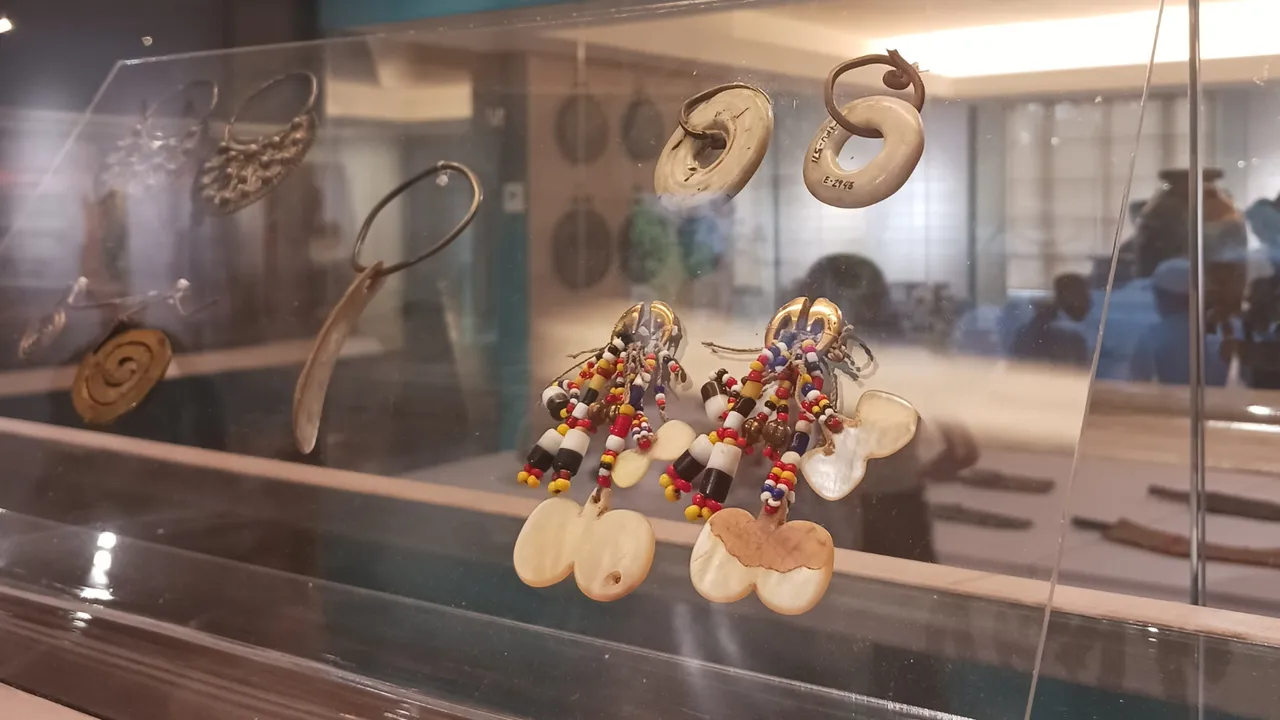
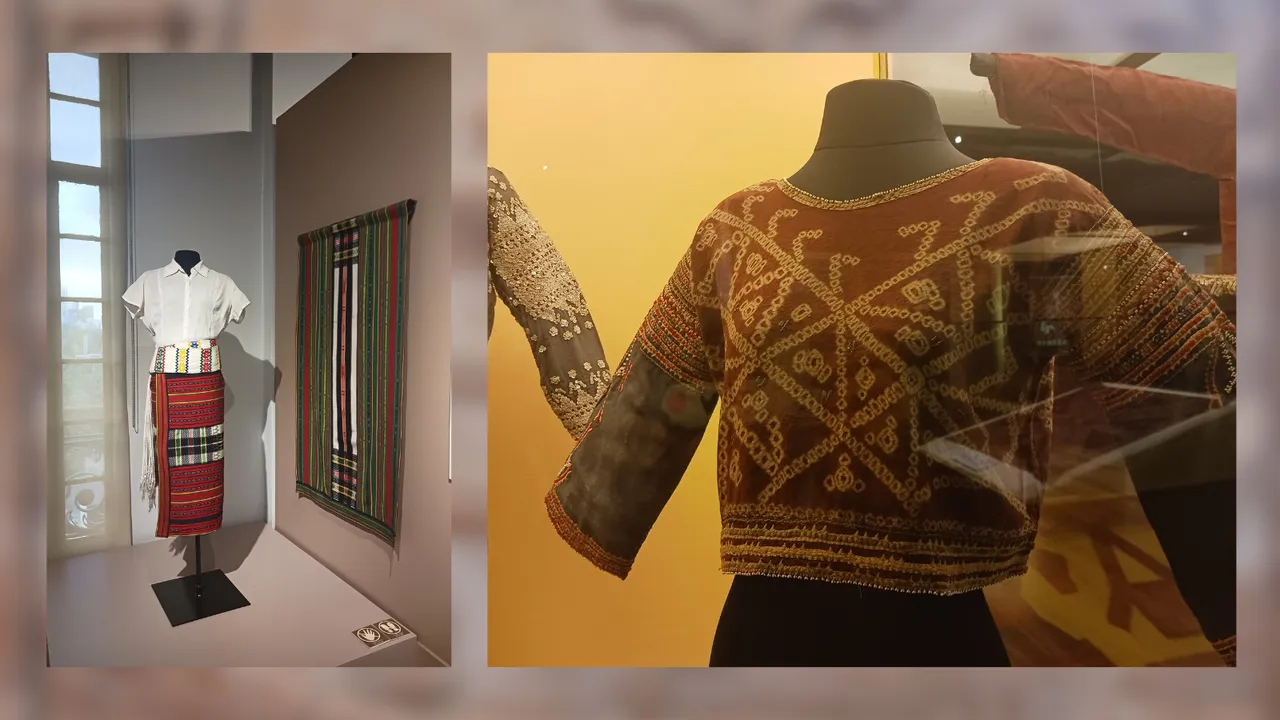
When it comes to fashion, our ancestors did not skimp when it comes to their designs. One can tell the level of sophistication of the weaving patterns and accents how much time and effort they put into making their creations. The bags that were on display there were exquisite. I can say the purse and bag styles nowadays seem to be just the same as the ones that our ancestors used. Only theirs were made with so much more passion and ingenuity.
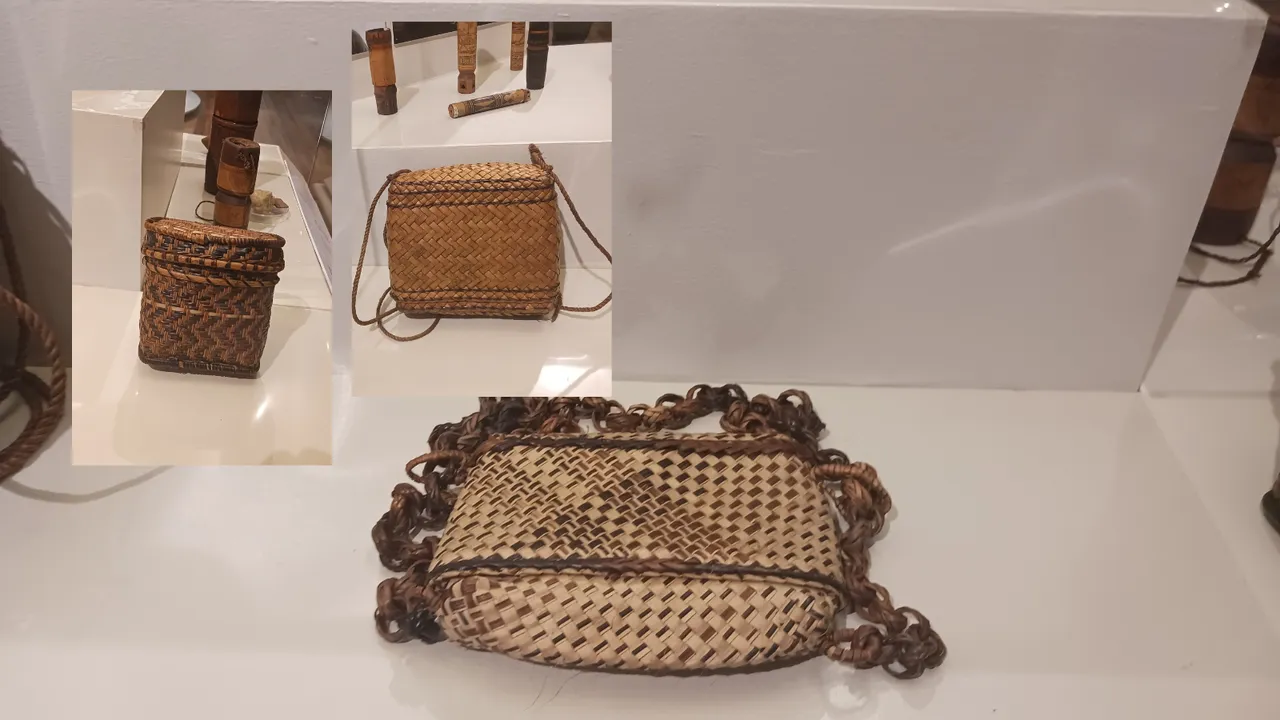
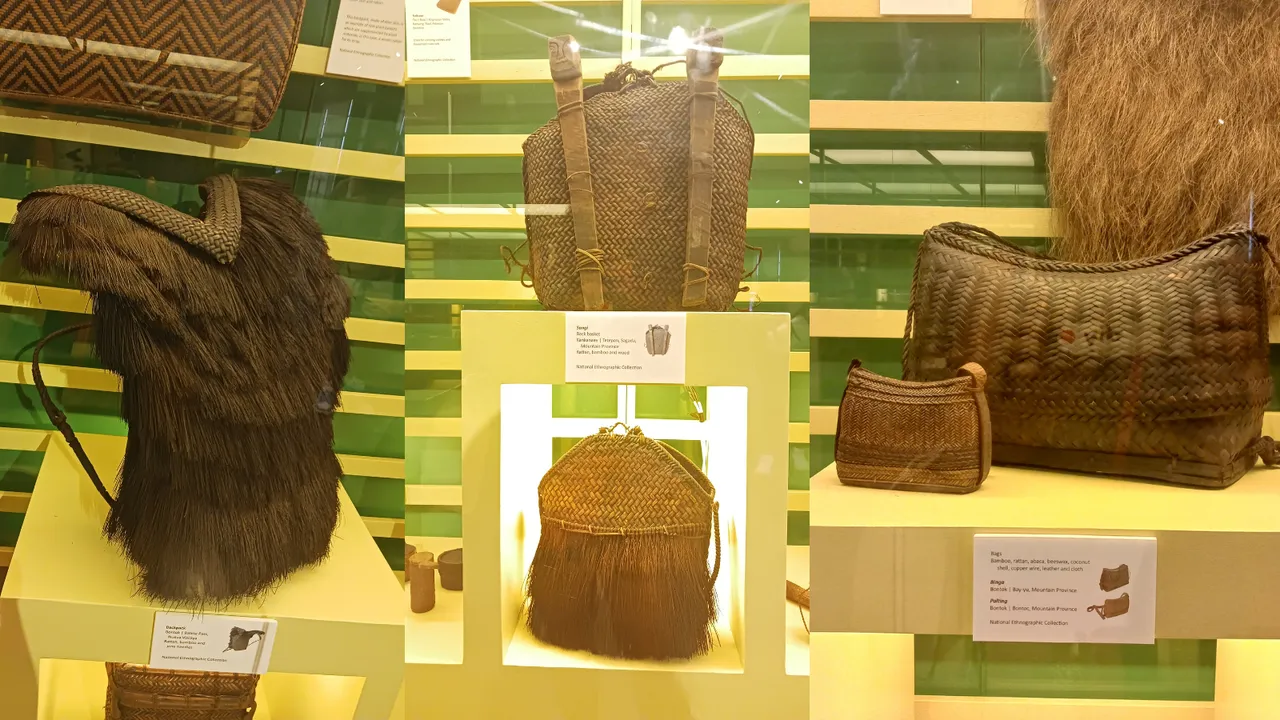
There were so much more galleries to be viewed in the museum but we had to cut our tour short. This was the first time I brought my daughter and her cousins in a museum, I had no idea how they would react. It turned out, not all of them are as curious as I expected them to be. Plus, I brought them to a playdate first so they were pretty much on an adrenaline high because of all the playtime when we got to the museum.
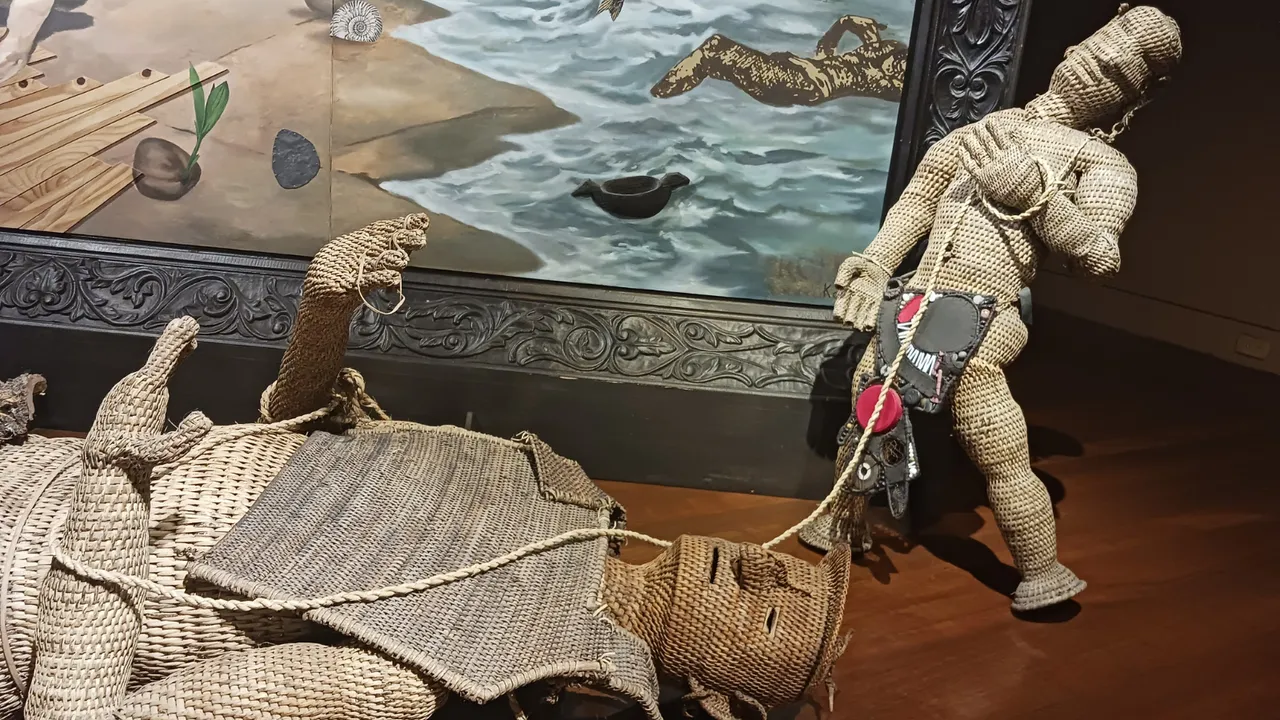
This was a big learning opportunity for me, actually. There are a few things that I learned and took note of. I can say it was really effective because we've had 2 more museum trips after this one and the tips and tricks I learned during that one time were really effective.
- Introduce the galleries beforehand to the little learners. I find that kids are more sympathetic when they are familiar with the place they're going to. The more they understand, the more they are likely to pay attention to the displays.
- Set expectations. I learned to ask my daughter what she expects to see and experience in a place when we go on a field trip. I then try to level her expectations based on what I learned about it too.
- It pays that you know the way around the galleries. I went in blind in the National Museum. I just thought I'd just wing it when we get there. This wasn't as enjoying to the little one because I couldn't guide her when I myself am getting lost in all the galleries.
- Set rules. Running is a no-no. Touching the displays is a big no. And so much more. Read the rules upon entry and make sure to practice it yourself too. Children only copy what the grownups do.
- Make sure that the museum or any viewing will be the first activity in the itinerary. Playtime is a good closing/ending activity for children during these field trips. By then, they feel really happy. Tired, but happy. And when the child is happy, the entire trip will be happy too.
These field trips in the city are a big addition to the riches that the child will learn. It helps them remember important events in history because the experience will be planted in their core memory. But for this to happen, the child needs to be able to pay attention. When we got home from the trip to the National Museum, we discussed the exhibits we saw. My daughter cried when she realized that she missed so much of the display because she wasn't paying attention. She asked if we could go back to the National Museum so she can view it again. I told her that it's not in the schedule anymore and it will take a long time before we could go back there again. I wasn't punishing her because she became too playful in there. I was just letting her feel the consequence of her action. And it worked because when we went to Ayala Museum and Mind Museum, I can see that she really took her time to take in all of the exhibits in all the galleries.
She has her eye on the Museong Pambata which is also in Manila, near Luneta. Now I know that should we go there anytime soon, she already knows how to behave inside a museum.


